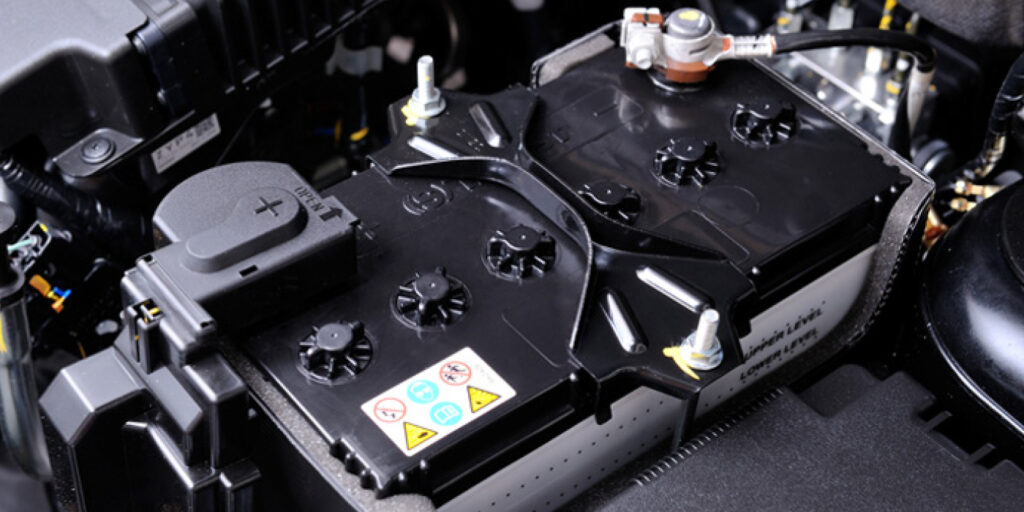In this case, that means that the ECM monitors fuel level increases (from refueling) and fuel level decreases (from running the vehicle). From these, it calculates the amount of fuel that has left the tank and compares it to the amount of fuel that was delivered (injected) to the engine. When this comparison results in too large of a difference, the ECM concludes that the fuel level input signal is “implausible” and therefore DTC P0460 is set, and the MIL will come on.
However, experience has shown that these “plausibility” tests could also cause DTC P0460 to set because of large fluctuations in fuel level input signal from fuel being drained or siphoned from the tank, or due to stopping or parking on a steep incline, etc. Because these conditions were never meant to set the code, a change in the ECM software has been made to prevent unjustified “MIL on” occurrences.
Starting with vehicles produced after October 13, 1999 (VIN KNAFB1217Y5857427), the logic has been changed so that “implausible” fuel level alone will no longer cause the MIL to come on.
Of course, a malfunctioning circuit will still set the DTC and illuminate the MIL.
Because of the way the software has been changed, occurrences of “implausible” fuel level indications may still be stored in the ECM. However, unless these are accompanied by an MIL (and as long as there are no problems reported with the fuel level indication or gauge), no further action will be required.
Courtesy of Kia Technician Times.













